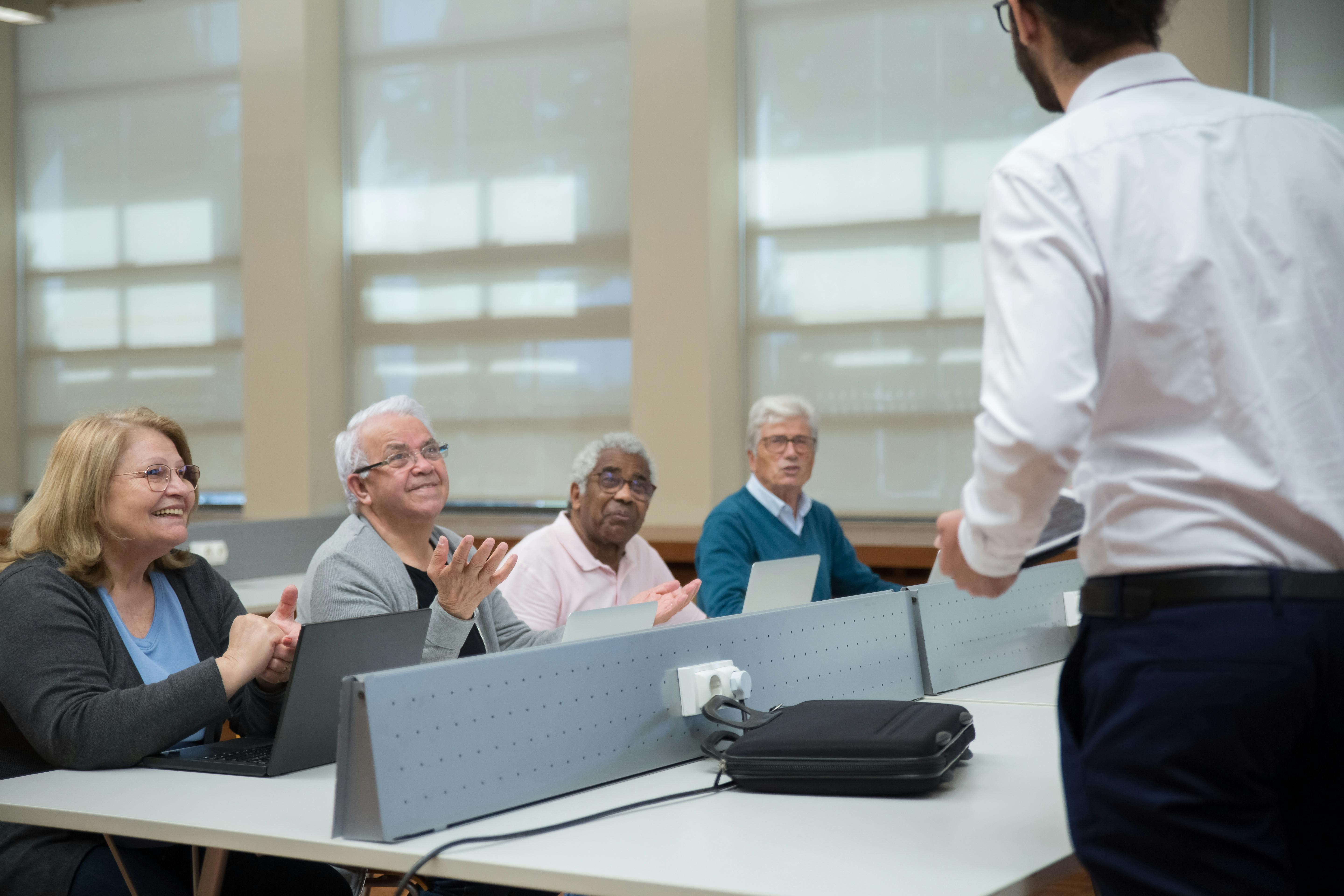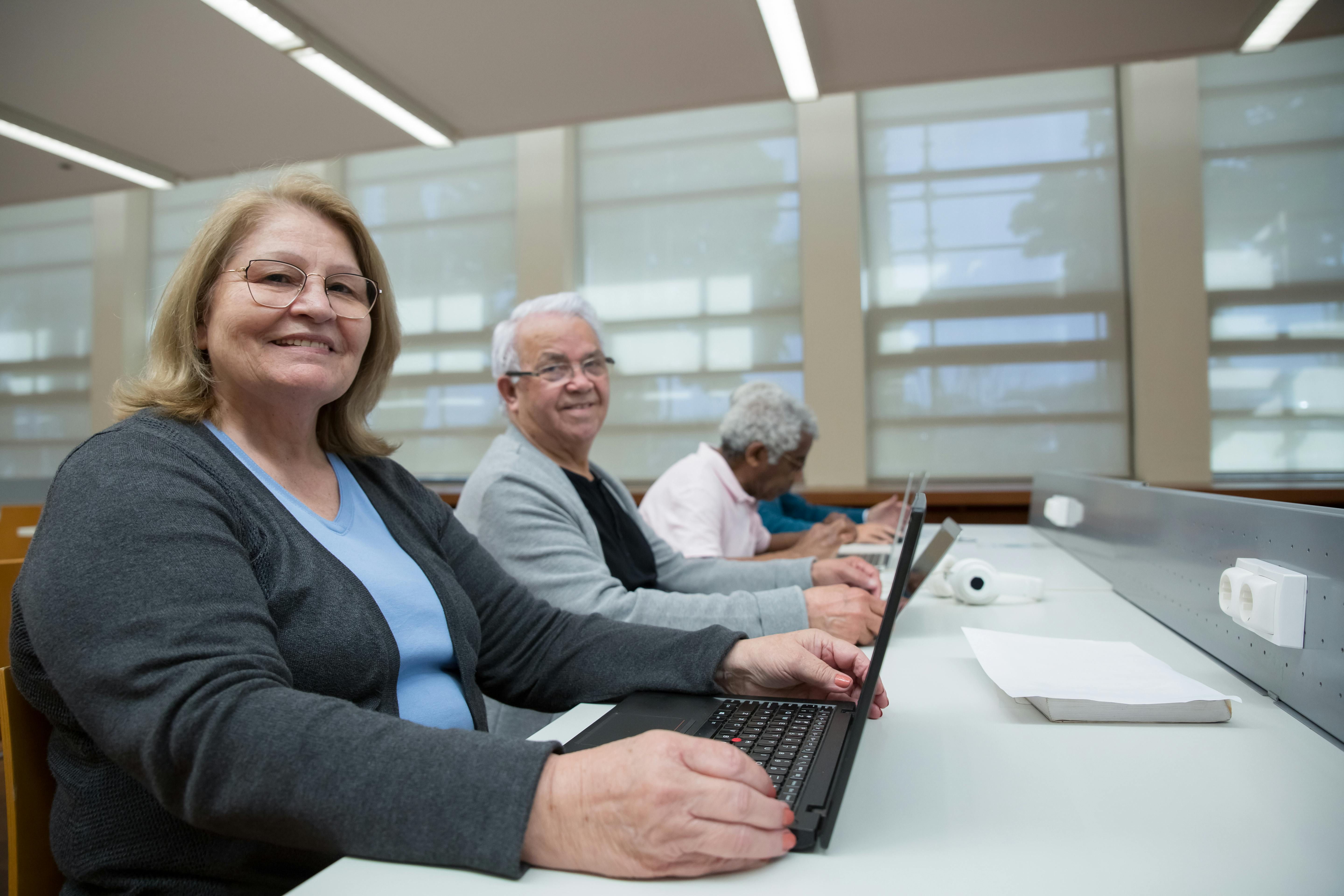Guatemala’s Easy Guide to Mastering New Digital Skills with Free Online Learning Platforms
Back in 2019—long before remote work dominated headlines—I sat with a group of Guatemalan university students in a small campus café in Quetzaltenango. They were dissecting the mysteries behind coding, digital marketing, and data handling. What fired their curiosity then still drives it now: Which online resources offer genuine opportunities for beginners in Guatemala to master digital skills—especially without dropping a single quetzal? Since then, I’ve worked with local teachers, rural nonprofit leaders, and dozens of learners pushing through internet challenges to build tech careers. This guide is my answer to those persistent questions… drawn directly from personal experience, honest research, and what truly works for Guatemalan learners.
Understanding Guatemala’s Digital Revolution
Let’s start with a simple question—why now? Why are digital skills suddenly make-or-break for career growth in Guatemala? In the aftermath of the pandemic, when social distancing rocked both city offices and rural towns, remote work and online freelancing burst onto the scene. According to the 世界银行1, internet penetration in Guatemala rose from 46% to over 61% between 2015 and 2022. That statistic isn’t just a number—it’s a sign that digital skills aren’t optional for today’s job market.
Honestly, what surprises me most is the rapid evolution—Guatemalan mayors are now championing digital literacy, and rural communities use WhatsApp groups to run local businesses. These days, even basic digital skills (think email, spreadsheets, Zoom) are valuable currency for securing jobs and advancing in school or work.
关键洞察
Digital transformation is not just for tech experts—any Guatemalan, regardless of age, region, or profession, can start learning for free online… if they know where and how to begin.
Barriers and Opportunities: What Holds Learners Back?
Here’s the truth: learning new digital skills is 不是 always easy in Guatemala. Poor internet access, sporadic power outages, and a lack of locally relevant Spanish-language resources remain constant challenges. I’ve witnessed rural teachers sharing a single smartphone during coding classes—improvisation is a way of life. But these obstacles also create strong problem-solving skills among Guatemalan learners.
- Limited connectivity in rural areas
- High cost of private courses and software
- Language barriers: most online resources are in English
- Lack of structured guidance for total beginners
On second thought, those challenges are precisely why this guide matters—Guatemalans need clear, simple pathways to free digital skills, and it helps to have content that genuinely respects their context.
Top Free Online Platforms for Guatemalan Digital Skills
What really strikes me is how diverse the free options now available to Guatemalan learners truly are. Five years ago, I would’ve been hard-pressed to name more than two solid resources; today, any motivated beginner can explore a wealth of global and local platforms. But let’s be honest—navigating lists of “top courses” can feel overwhelming, especially if you’re pressed for time or dealing with patchy Wi-Fi. So, I’ve curated a shortlist of the most dependable and beginner-friendly free online learning platforms you can use in Guatemala right now. These are all tools I’ve either personally used or recommended as part of classroom and community digital literacy programs.
| 平台 | Skills Offered | Language Options | Access Method |
|---|---|---|---|
| Coursera | Coding, Data Science, Design, Office Tools | 西班牙语、英语 | Web, Mobile App |
| EdX | Programming, Business, Tech Fundamentals | 西班牙语、英语 | Web |
| Google Actívate | Digital Marketing, Web Development, Entrepreneurship | 西班牙语 | Web |
| 可汗学院 | Foundational Math, Science, Computer Basics | 西班牙语、英语 | Web, Mobile App |
| Aprende.org | Coding, Office Suite, Mobile Literacy | 西班牙语 | Web, Mobile App |
Authentic Recommendation
I’ve consistently found Google Actívate and Aprende.org to be especially practical for Guatemalan users—clear lessons, full Spanish supports, and courses tailored for real workplace skills.3
What Makes a Free Platform “Beginner Friendly”?
- Clear step-by-step lessons with video or interactive guides
- Spanish-language interface and audio wherever possible
- No credit card required for basic courses
- Responsive mobile access for those using smartphones
Having worked on both sides of the screen—as an online learner and community coordinator—I can say most learners appreciate concise, bite-sized lessons, so they don’t get lost or overwhelmed.
How to Get Started: Step-by-Step Guide for Beginners in Guatemala
- Choose Your Skill Focus: What do you want to learn—coding, digital marketing, basic office software?
- Select a Platform: Try Google Actívate or Coursera’s free modules for Spanish guidance.
- Register and Explore: Sign up (it’s usually just a name and email), browse introductory lessons, and don’t skip initial tutorials.
- Set a Weekly Routine: Block out 2–3 hours per week; consistency beats cramming every time.
- Join Group Chats or Forums: Many Guatemalan learners use Facebook groups or WhatsApp for peer support.
- Earn and Share Certificates: Show your progress—many platforms offer free completion certificates that employers recognize.4
Ever notice how much easier it is to stay motivated when you can show real progress to family or future employers? Many Guatemalan learners now display online course certificates in their resumés, social profiles, and even local business websites. What surprised me personally? Employers—both local and foreign—are starting to accept these as legitimate proof of skills.5

Cultural and Practical Learning Tips
Funny thing is, mastering digital skills online in Guatemala often requires a different mindset than in bigger economies. I’ve watched learners bounce between Spanish and English tutorials, switch platforms mid-course, and form local study clubs just to work through tough concepts. What I’ve learned: those “improvised” strategies are actually massive assets—not shortcomings. Here’s my honest take on what works best:
Practical Tips That Change Everything
- Don’t be afraid to ask questions—even “obvious” ones. Online forums and local WhatsApp groups are lifesavers.
- Translate lessons as needed (Google Translate works wonders in a pinch).
- Download lessons when possible; Guatemalan mobile coverage can be spotty.6
- Share your wins in local communities—collaboration multiplies motivation.
- Treat tech issues as learning opportunities; troubleshooting builds real-world skills.
From my perspective, flexibility and community support make the difference. I remember when I first started teaching digital basics in Guatemala—half the progress came from learners helping each other solve technical hiccups. Don’t underestimate the power of your own resourcefulness.
Go Local, Think Global: Combining Platforms for Best Results
Here’s where I get passionate. Many platforms offer global content (edX, Coursera), but mixing those with local resources like Fundación Carlos Slim’s Aprende.org gives Guatemalan learners the best of both worlds.7 If you’re bilingual, maximize it—access international job boards and advanced courses as you progress.
Practical Example: A Rural Coding Journey
Quick story—one of my finest moments was watching a rural student, Andrea, piece together Python basics using both Khan Academy and Spanish WhatsApp notes shared by a mentor in City Hall. She didn’t stick with the same platform, and she didn’t let low connectivity dictate her pace. Instead, she created a hybrid path and landed paid work with a local retailer, managing their online store. It wasn’t textbook, but it was uniquely Guatemalan, demonstrating the value of cross-platform learning. Anyone else seen similar stories?
FAQ: Common Concerns and Real Solutions
- Can I really learn coding without a university degree? Absolutely. Free platforms like Khan Academy and Google Actívate start with zero prerequisites.
- What if my internet connection is unreliable? Download lessons or use platforms that cache content (Khan Academy, Aprende.org).
- Do employers in Guatemala value free online certificates? Increasingly yes, especially in tech, retail, and small business sectors.9
- How much weekly time do I need? 1–3 hours per week is ideal for steady, stress-free progress.
To be more precise, pacing yourself and connecting with local learning circles is the real “secret sauce” for transforming online theory into actual job skills. Some learners worry about “falling behind”—but honestly, asynchronous courses don’t penalize slow progress.
Conclusion: Guatemala’s Path to Digital Mastery—What Matters Most
Let’s step back for a moment. The essential insight from my experience? Digital skill mastery in Guatemala isn’t about having the best tech or fluent English—it’s about starting simple, learning consistently, and leaning on local community wisdom. The most successful upskillers I’ve advised never followed a single “perfect” path. Instead, they tapped into a blend of free digital resources, peer support, and personal grit.
可操作的要点
If you’re just starting out, pick one platform, commit to a weekly routine—and don’t hesitate to ask for help online or in person. Show your progress with free certificates, share your journey with local groups, and upgrade your goals as you gain confidence.
Let that sink in for a second: The most valuable digital skill isn’t coding, marketing, or spreadsheets—it’s the ability to adapt, persevere, and connect with others as you learn. That’s not just advice for tech jobs—it’s a universal foundation for professional growth in Guatemala and beyond.
准备开始了吗?
Find your skill focus, pick your platform, and join a local support circle. There’s no “perfect” start—just consistent progress, tailored for your needs.
参考文献和进一步阅读
Sources Cited



